In late October, we took a road trip to Knoxville, Tennessee, to visit Linda's niece who moved there two years ago. That destination gave us plenty of opportunity to see many interesting sites along the way.
We started late on a bright Sunday morning, with no specific goal in mind except my hope that we might reach West Branch, Iowa, and the Herbert Hoover Presidential Library before closing time.
This was a day with vivid fall colors still on the trees near home.

We soon crossed into Iowa which has both a welcome center and casino in the shape of a barn, lest anyone forget that this is the state "Where the Tall Corn Grows."
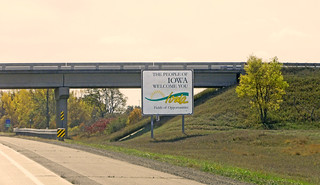
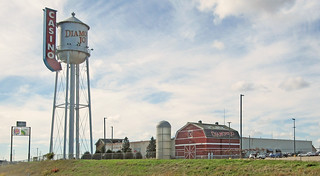
We arrived at West Branch around 4:00 p.m. having plenty of time to see the Hoover Museum, a rather modest but interesting one of the Presidential Libraries.
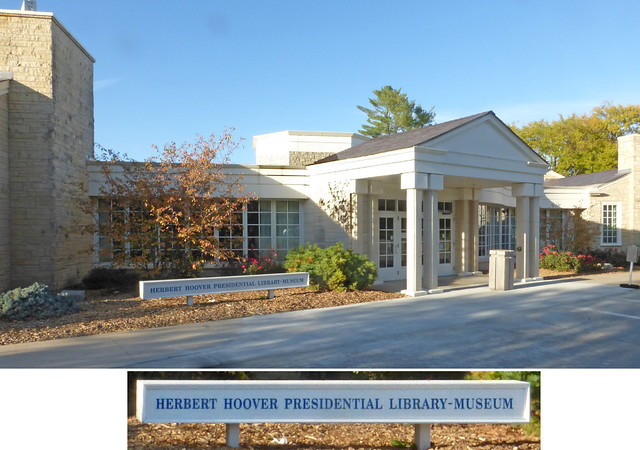
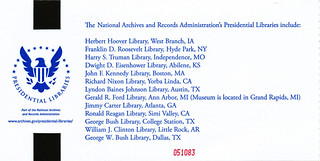
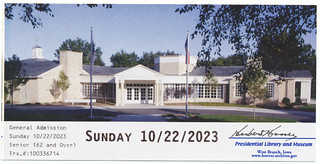
West Branch has a well preserved main street in addition to the sites on the Library/Museum campus and the National Park Service has a nice guide to the area.
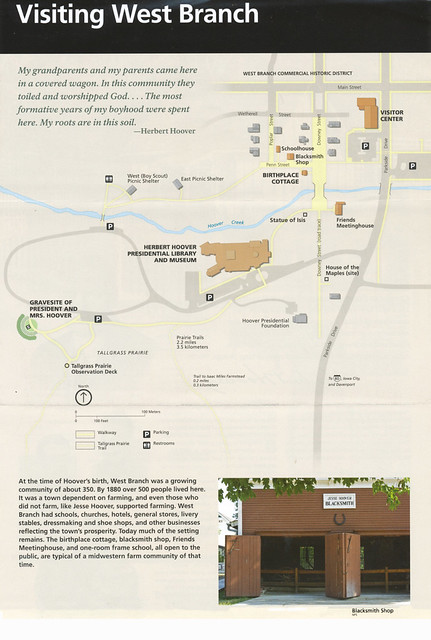
Nearby, a neighbor's barn and a prairie restoration preserve a bit of Hoover's childhood atmosphere.
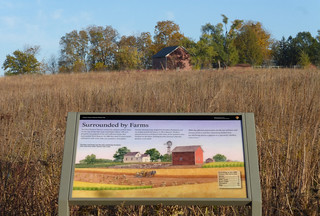
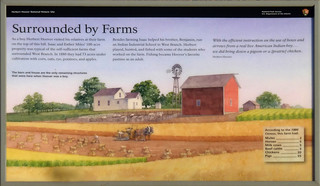
The library was dedicated in 1962 on Hoover's 88th birthday by Hoover, himself, accompanied by ex-president Harry Truman. The UPI estimated the crowd at between 25,000 and 30,000 and the nearby Rock Island (Illinois) Argus chartered a helicopter to photograph the event.
Hoover's birthplace in this Quaker community is also preserved on the 28 acre site where he lived until the age of 10; then, upon the death of his mother, Hoover went to Newburg Oregon, to live with his uncle in that Quaker community.
Both the president and his wife are buried on a small hill above the museum.
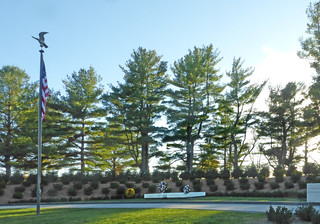
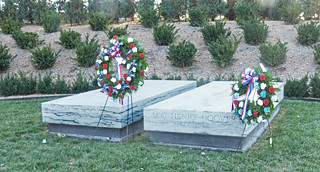
Highlights from the museum include Hoover's rise to considerable wealth as a mining engineer after graduating in the first class from newly established Stanford University in 1895. (He later built quite a prominent home in Palo Alto on San Juan Hill above the Stanford campus.)

Following World War I he rose to considerable public fame dealing with European famine and starvation. Later, as commerce secretary, he oversaw the introduction of regulation into radio broadcasting.
Among the museum exhibits are a microphone preserved from the first presidential address via radio and one of the earliest teleprompters used in public speeches.
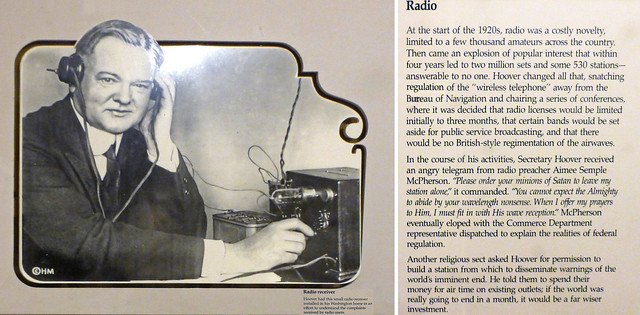

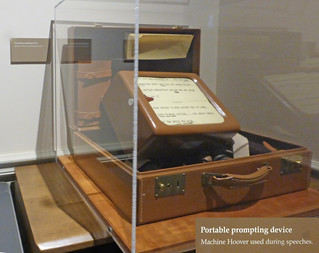
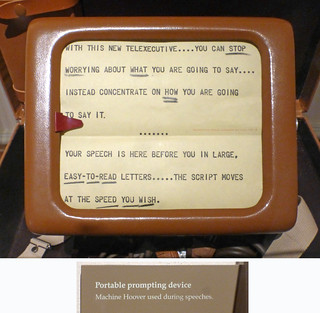
Presidential libraries usually feature gifts received from various world leaders and this portrait of the Ethiopian emperor, Haile Selassie in a lapis lazuli frame might be the highlight in this collection.
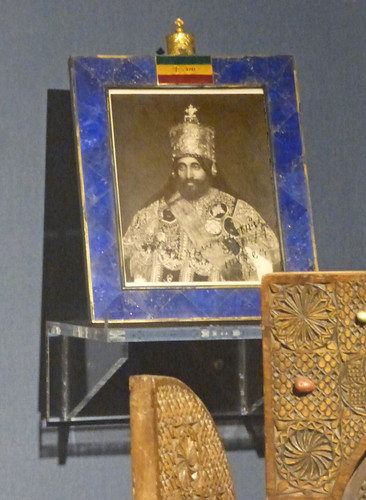
I have a particular interest in Hoover's son, Herbert Junior, and wanted to capture this image of the young Hoover at the telegraph key of his ham radio transmitter (W6ZH.)
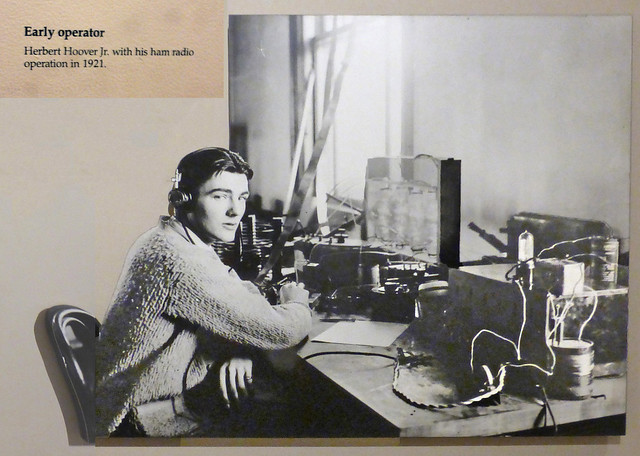
President Hoover was quite a prolific author following his presidency, writing 15 books including three volumes of memoirs. The National Archives has all fifteen books available online.
We stopped for the night at the "Quad Cities" on the Illinois border (Davenport and Bettendorf, Iowa along with Rock Island and Moline, Illinois) with a combined metropolitan area population of about a half-million.
I hadn't done any research on this area in the past, but upon looking up information about the Quad Cities, I quickly discovered that Rock Island, Illinois, was quite a destination for Iowans seeking entertainment during the 1920s through 1940s. Iowa's strict control of alcohol preceded the prohibition era and continued long after repeal, with liquor by the drink not legalized until 1963.
This 1937 headline from the Rock Island Argus suggests one dimension of life across the state line.
For a synopsis of the earlier days, see this brochure for a Rock Island "sin city" tour.
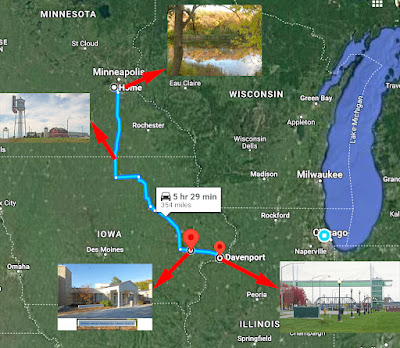






No comments:
Post a Comment